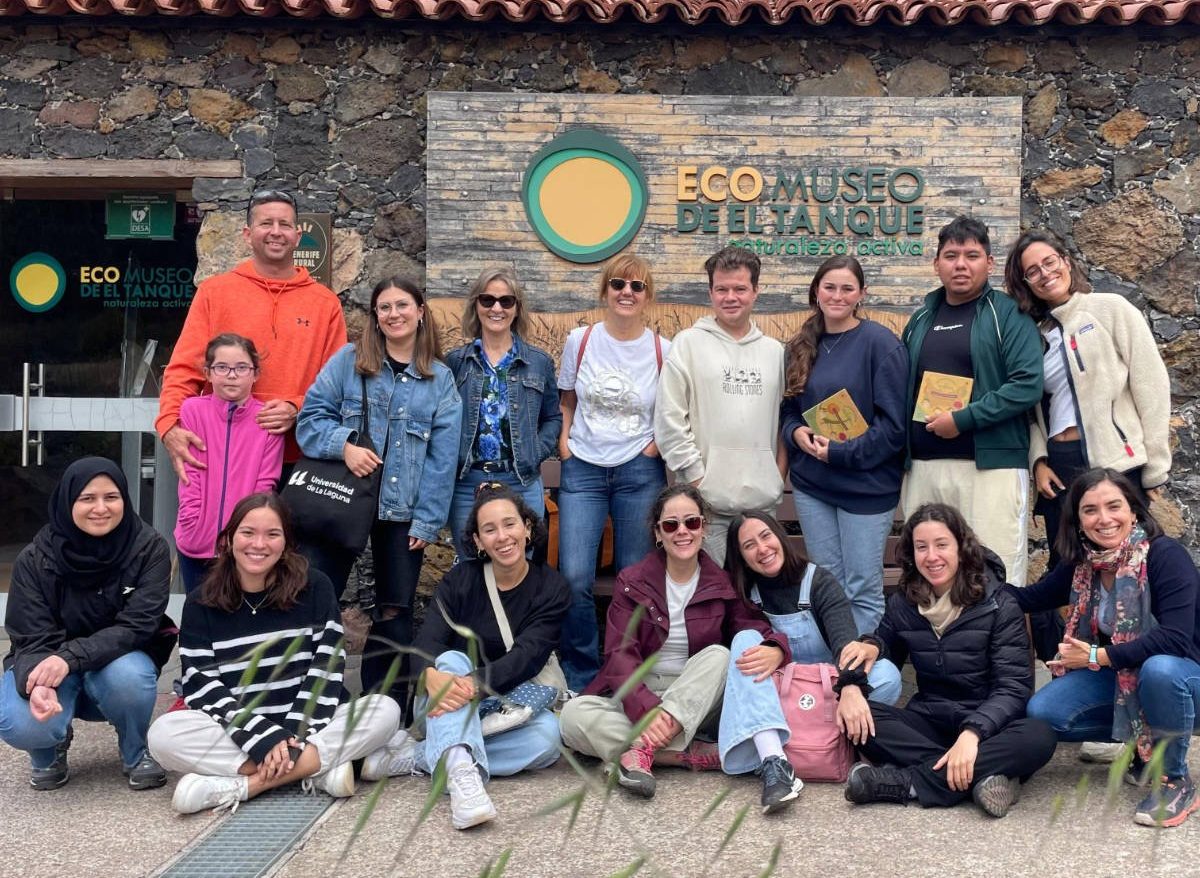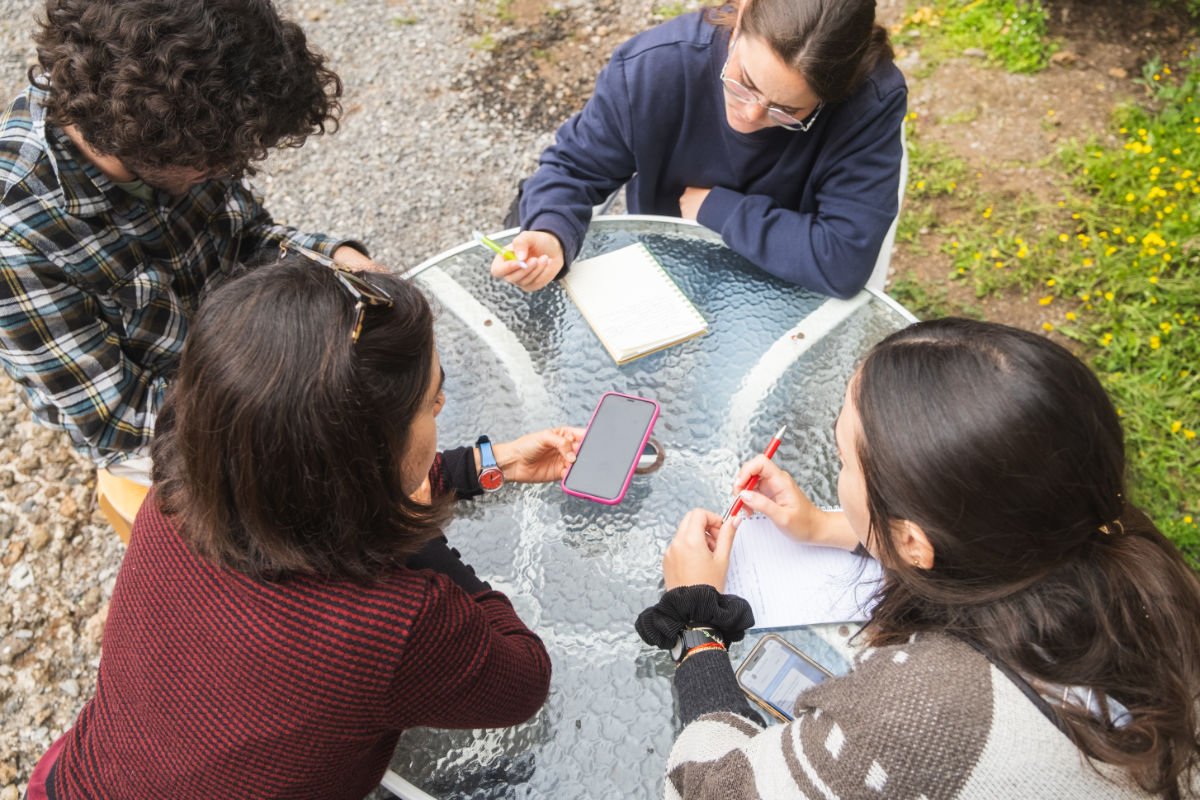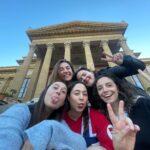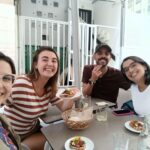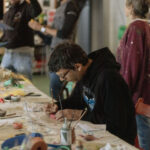The same sounds an experience we did in December with young people in Garachico . Yes, that experience we did for the first time to “try” in which 10 students of the ULL (University of La Laguna) embarked on a Mrs. Guagu Territory challenges.
Well, it turned out that this "test" was a success and that is why we decided to replicate it.
However, although we stayed on the low island, this time the fate of our Super Guagu Rural sector, to bring young people closer to this (hence the name of the title, it has been good, right? 🤪).
A couple of weeks ago we returned from this incredible experience, and therefore, I want to have hairs and signs, after assimilating what were these days, what had been lost in this place so far from the city.
Young people are the future, don't forget
In the first place, I want them to know the main characters of this adventure, which are the 10 students of the University of La Laguna who climbed to that bus to contribute and know the reality of the rural sector:
-
Kawther Benaboura
-
Kevin Andrés Torrico Fuentes
-
Alexei Schustek Garcia
-
Andrea Pérez Orribo
-
Alicia Morales
-
Ana González Jiménez
-
Salome Toledo García
-
Raquel González Perera
-
Nerea Herrera González
-
Diego Borja Arteaga
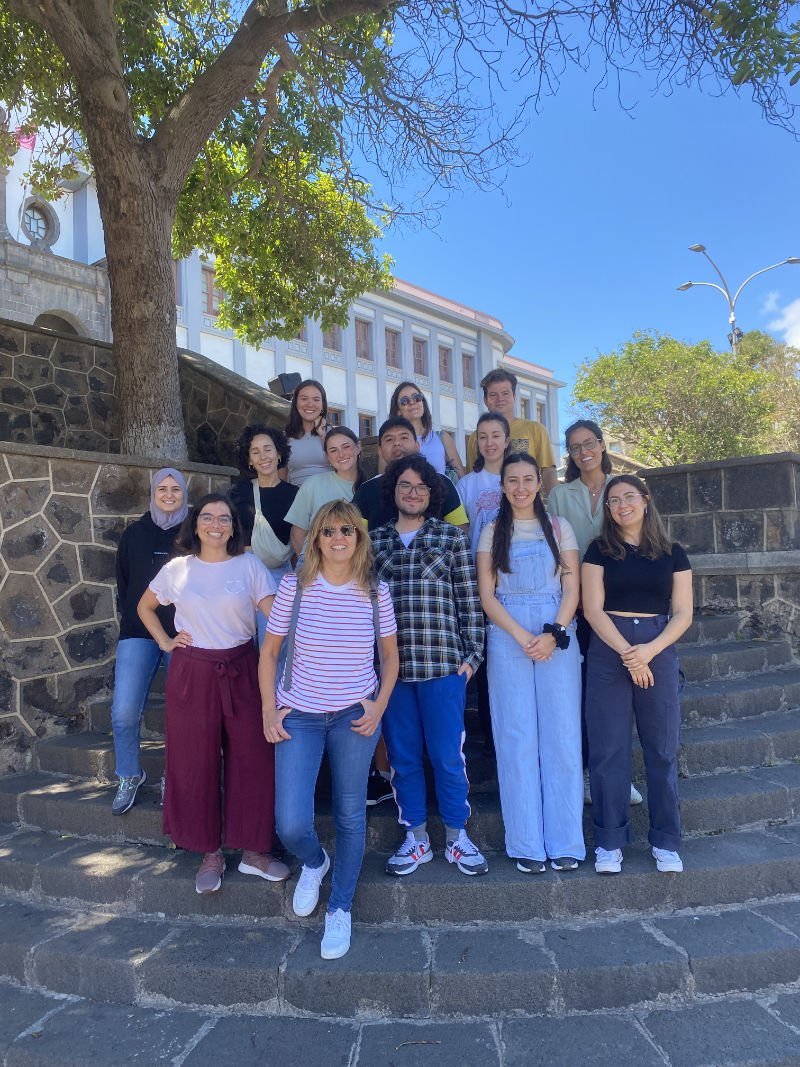
The 10 students of the ULL, together with the team of Pueblos Remotos and Inés Ruiz, director of Secretariat of Practices and Employability of the Student Vice -Rectorate
Students of different ages, faculties and experiences, eager to contribute and learn, that after the 5 days that PR Ull lasted - the 2024 tank , they became a great team.
And I think I speak in the name of the entire team of Pueblos Remotos when I say that it has been an honor to work with them.
San José de los Llanos, a rural town of El Tanque
As I advanced above, all this happened in the small rural town of San José de los Llanos, belonging to the municipality of El Tanque.
View of El Teide from San José de los Llanos
To make an idea of the context of this place, San José de los Llanos has less than 600 inhabitants and the large part of its population is dedicated to agriculture or livestock. In addition, it should be noted that it is a population with a very small percentage of young people, who mostly choose to look for work in other island areas.
PR Ull - El Tank 2024
The PR Ull experience - The 2024 tank was held for 5 days, between June 5 and June 9. Five days of a lot of work but also fun, learning and connection with the environment and people.
The objective of this experience was to propose solutions to 3 challenges from 3 different local entrepreneurs, whose driving thread was: how to reinvent rural traditional businesses to attract young talent?
To do this, the students were divided into 3 teams, to work separately with each of the local ventures.
The students started from this key question, and had to carry out a previous phase of research and empathization to obtain a concrete challenge on which to work according to the needs of each entrepreneur.
The 3 challenges that students finally faced were:
-
How to increase the margin of benefits of the Queseía José González Meneses? Challenge that the team composed of Salome, Diego and Nerea worked.
-
How to develop a communication strategy that requires the least possible effort on the part of the owners of the art-sano bread? Developed by the team formed by Alicia, Kevin, Ana and Raquel.
-
How to maintain a stable occupation all year at the San José de los Llanos hostel? carried out by the Kawther, Andrea and Alex team.
To do this, they followed a methodology called Design Thinking , which for most of them was totally new. The methodology consists of a process whose objective is to solve challenges and conceptualize ideas. Originally it is a 5 phase process, but for experience, we compress the methodology in 3 stages:
-
Empathize (with entrepreneurs and territory)
-
Idear (think of ideas to solve each of the challenges)
-
Prototipar (make a model or prototype of the selected idea)
We were surprised by the speed with which the teams caught the dynamics of the process, although I have to say that it is much easier to say than to do.
During the 5 days, we were combining work with activities and exits to know the environment and each of the entrepreneurs of the challenges they were working with.
The cheese team working in phase 1
Isaac, Yajaira and José, local entrepreneurs
Unlike the PR Ull - Garachico experience, where we work challenges on the territory, and the entrepreneurs we have acted as collaborators, on this occasion, entrepreneurs were the center of the challenges (as you can see above).
Each team empathized with one of the local ventures, devised solutions to respond to the challenge they had identified, and prototyed a solution to it.
The entrepreneurs with whom we have on this occasion, propellers of the challenges that the students worked were:
-
The José González Meneses cheese shop , a family cheese would head by José González. José gave us the opportunity to taste his cheese and most importantly, visit his cheese, where he explained with great detail the process to follow for the elaboration of cheeses and the main challenges and difficulties he faces in his day To day, in relation to its sector and environment.
-
The Art-Sano Pan Obrador , a family project led by Yajaira. We also had the luxury of visiting his workshop, where Yajaira and his family gladly told us about the types of breads they do and their laborious elaboration process. In addition, we were able to try her bread and my mother! They were amazing.
-
The San José de los Llanos shelter , directed by Isaac. This was the youth shelter where we stayed the 5 days that the experience lasted, giving students the opportunity to know in depth the business and its owners.
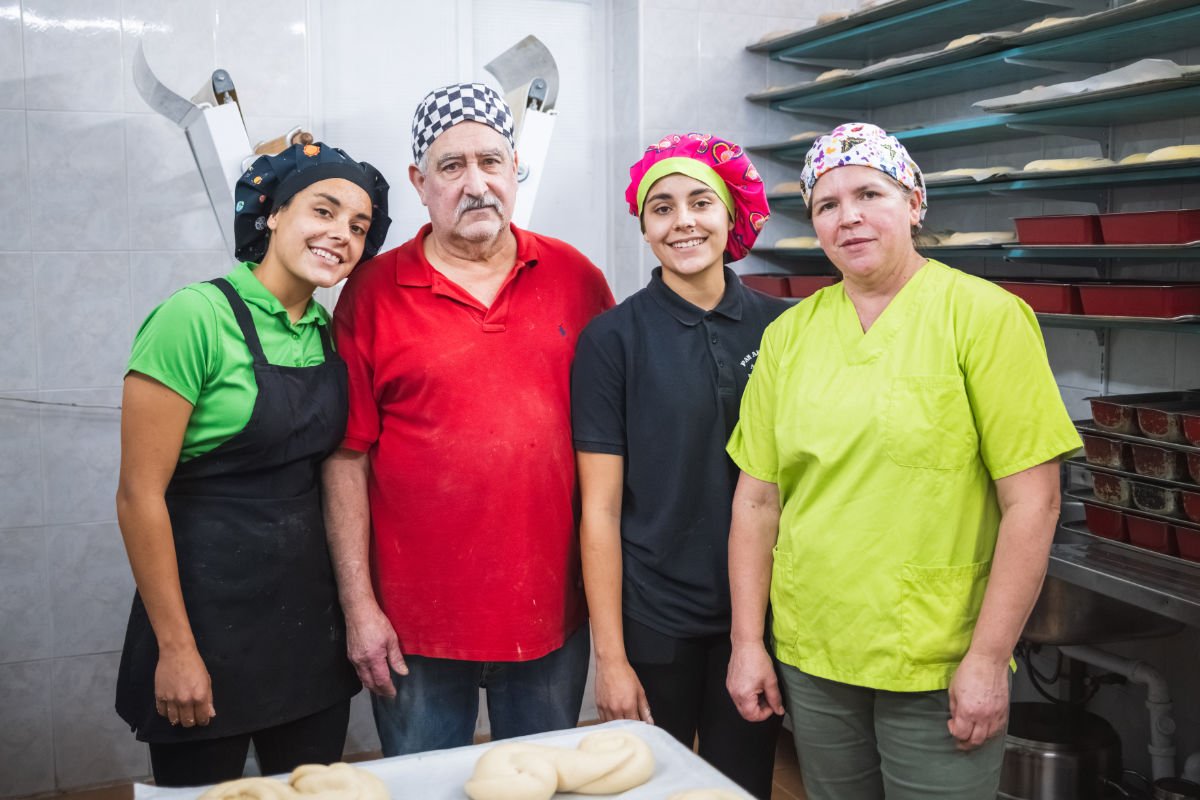
Yajaira and his family from the Art-Sano Pan Obrador
Thanks to José, Yajaira and Isaac for opening the doors of their businesses and allowing us to work with them.
Solutions to challenges
As we have been telling them throughout this article, the great objective of this experience was to provide solutions with impact to the challenges of local entrepreneurs.
To this end, the 3 teams of students finished the 5 days of experience with an idea and a prototype, which presented in front of Inés Ruiz, director of Secretariat of Practices and Employability of the Vice -Rectorate of Students, and some of the local entrepreneurs.

Host equipment after presenting your solution to Isaac
The 3 solutions with which the students ended were:
-
How to increase the margin of benefits of the Queseía José González Meneses?: The team focused on finding a solution that helped diversify the revenues of the cheese. To do this, he devised a series of tasting experiences, in which the cheeseer could place his product in different events, thus obtaining extra income, but also recognition and dissemination of his brand.
-
to develop a communication strategy that requires the least possible effort on the part of the art bakery owners that the products should have, in order to speak for themselves, along with a very detailed guide about the brand and its products, which also connects with the company's social networks.
-
How to maintain a stable occupation all year in the San José de los Llanos shelter?: The students who formed this team chose to focus on the identification of key collaborations, with the aim of attracting the public that the shelter wanted, and covering the its needs to welcome these guests. To do this, they proposed to work with platform volunteers such as “World” or “Backpackers” that could take care of aspects that Isaac does not arrive, together with a series of collaborations with educational institutions so that their students can carry out “service-learning” in Your shelter.
Conclusions and next steps
This experience, as was the first edition, has meant great learning for all of us.
On the one hand, we as remote peoples have had the opportunity once again to approach young talent and help them draw those solutions and accompany them in the process, but also to learn from them.
For students it has been an experience in which they have been able to know firsthand the reality of the rural sector, for many of them unknown, and in which they have learned about how to work on a challenge from scratch, with a team that does not They knew before.
We are very proud of the result of this second edition, and although we do not know for sure what the future will hold, we can assure that we will work to continue joining entrepreneurs, with young people and with the environment.
I hope these words have made them reflect on the potential of young people and rural environments, and for my part I have nothing left but to thank Elsa, Ane, Carlos and Lara for accompanying me in this experience and letting me be part of remote peoples one more time.
A hug!

